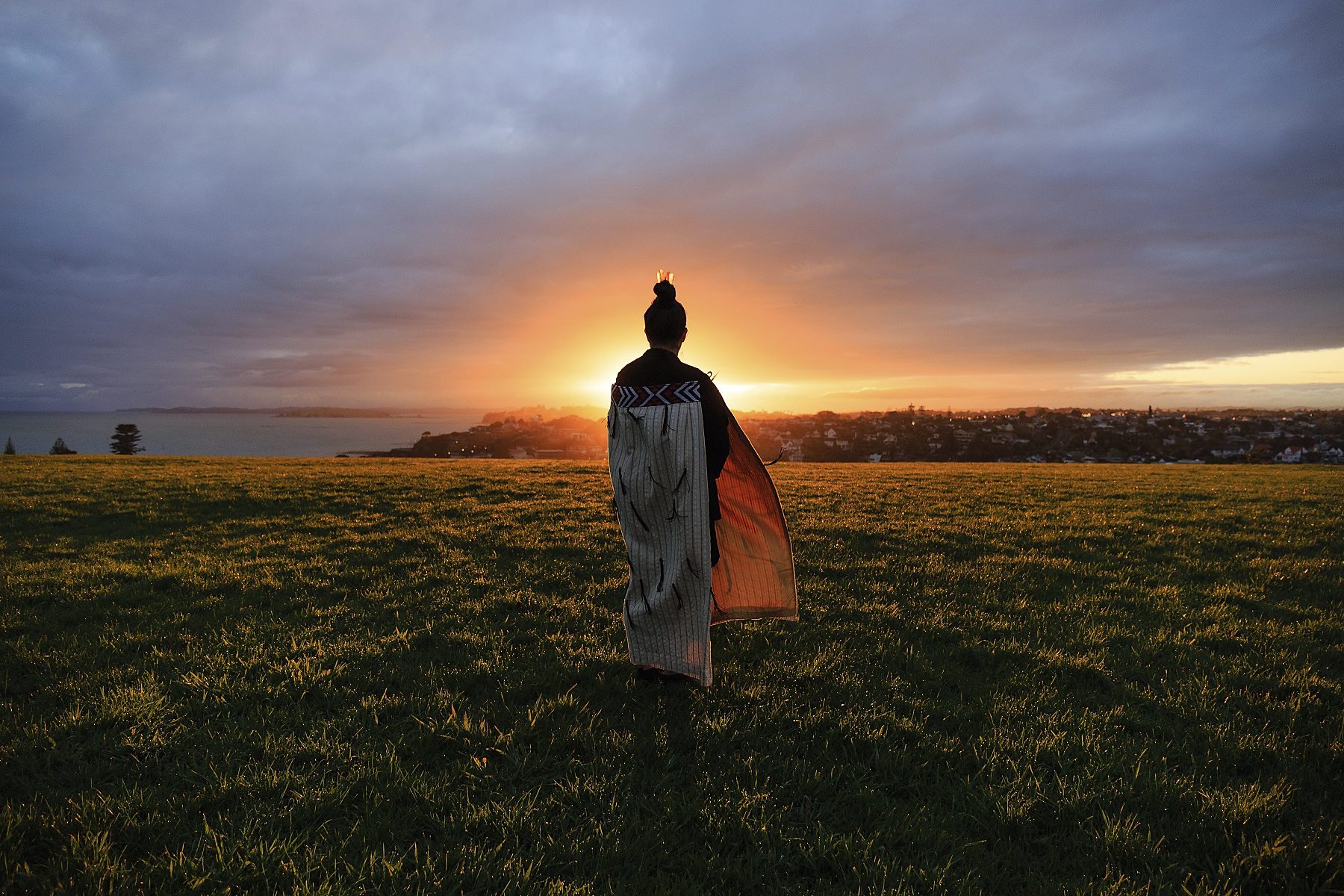
Ko Tangoio taku tūrangawaewae, ā, ko Te Whanganui-a-Tara taku ūkaipō.
Whenever I’m asked to introduce myself, this is what I say. I’m a hearty Kahungunu, Rongomaiwahine, Rangitāne wahine Māori — the moana is where I thrive, the first tā moko I get will be of Maungaharuru, and my favourite place on earth is Tangoio Falls. The East Coast is, and forever will be, where my heart is.
Alongside being a coastie, I was blessed to grow up on Taranaki whānui and Ngāti Toa Rangatira lands. I couldn’t possibly be more of a Wellingtonian if I tried. I own three pairs of doc martens, I’m an avid user of public transport (even still in Kirikiriroa), and for my eighteenth birthday I got a nose piercing. It’s safe to say my soul has a Miramar peninsula / south coast shaped brand on it that will remain evermore.
Both the East Coast and our capital city are my homes. When I’m asked where home is or where I’m from, I’m okay with taking up a little more air time to explain the importance of both of my kāinga to me. I identify Tangoio, about 35km north of Ahuriri, as my tūrangawaewae: my ‘place to stand’ by right of whakapapa, the place where I feel most connected to my tīpuna. At Tangoio I’ve celebrated my whānau at birthdays and reunions, had wānanga with fellow rangatahi, hui about the future of our hapū and marae, passed the wairua of my whānau into the hands of Hine-nui-te-pō. There isn’t, and will never be, a place with the same meaning to me as Tangoio. I identify Te Whanganui-a-Tara as my ūkaipō: my place of sustenance, because I was nurtured there and because my immediate whānau is still there. Wellington is where we frequently protested, from classroom petitions to bill submissions to marches to Parliament, and quickly learned how inherently political everything is, from high school netball to queer identities to iwi lands. It’s also where I learned how to drive, had debates about suburb boundaries with my childhood best friend, walked the streets and sands of Huetepara at all hours. This is my fourth year living away from Te Whanganui-a-Tara, and it will never not be home.
As a wahine Māori who grew up away from my tūrangawaewae, who in high school had a year group of 210 people from which 13 identified (at the time) as being Māori, the ‘urban Māori’ disconnect and associated assumptions / categorisations were a big part of my upbringing, too. Both my wā kāinga mean more than the world to me, but the struggle of equally identifying with being from both, because neither could possibly be a bigger part of my identity, is real. With all of this being said, I’d like this passage to be a reminder that your home is your home / your homes are your homes, they are where you are ‘from from,’ and you have every right to claim your belonging to them — in ways that mihi to mana whenua, of course.
Mauri ora e te whānau x
Ask a whaea
Kia ora whaea, my whānau want me to come back home for the break. But I’m not really feeling it, any advice?
Kia ora e hika — this can be really relatable. Particularly at the start of the year, it can either be a God-send to have a break in April and get away from the hall/your flatmates, but on the other hand it can be a buzzkill to have to leave all your uni whānau when it feels like you just met or reunited with them yesterday. My advice depends on the reason you aren’t feeling it. Whānau is whānau, but over the years I’ve come to understand that unfortunately some people’s chosen whānau fill a void of aroha that may have previously been missing. Heoi anō, remember it’s just for the break, and if it’s really not that deep … these past two years should have taught us that now, more than ever, is the time to hug all the people you love and tell them that you love them, kanohi ki te kanohi.
Ultimately — kei a koe e hika. That’s my advice xx